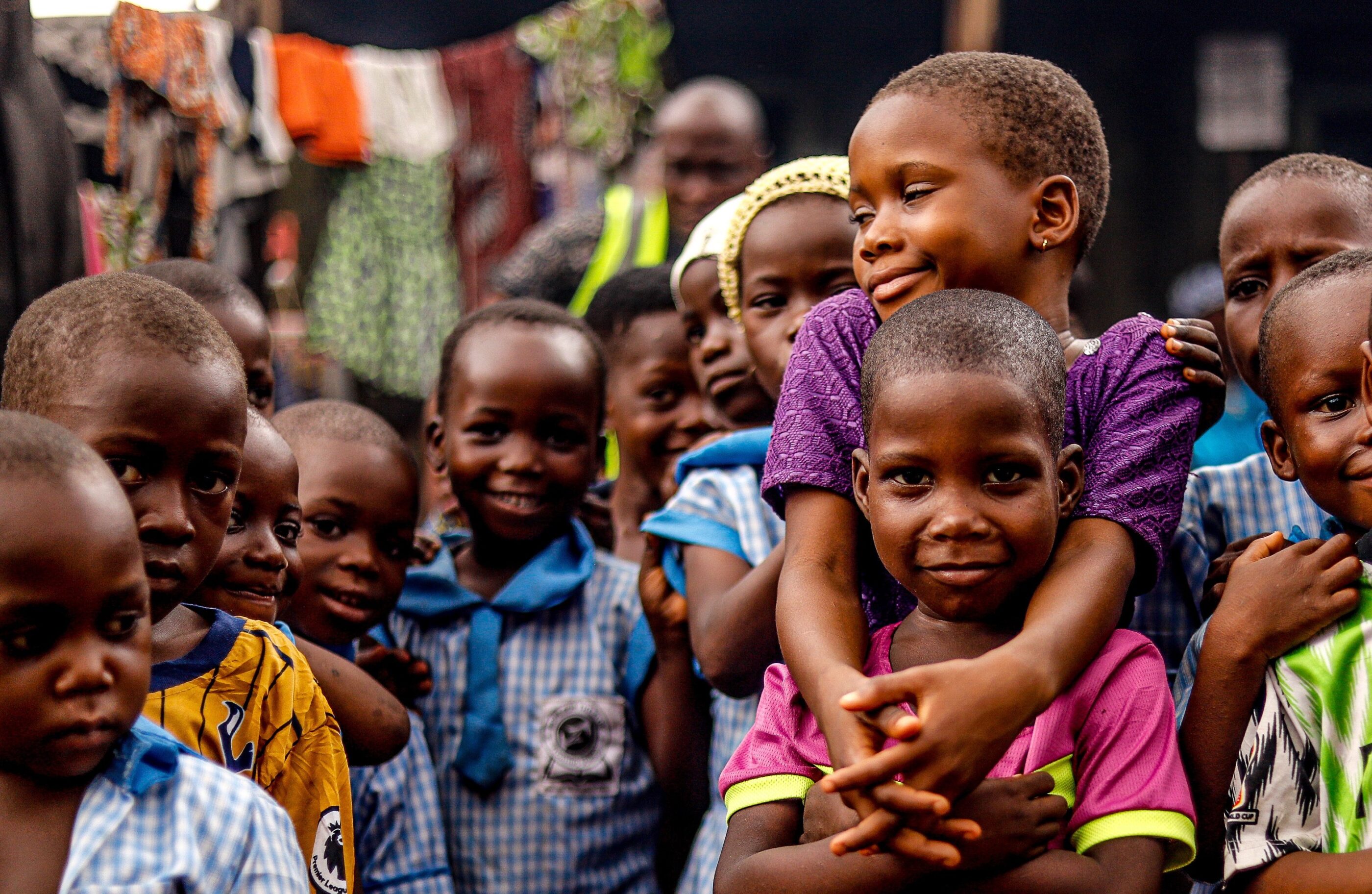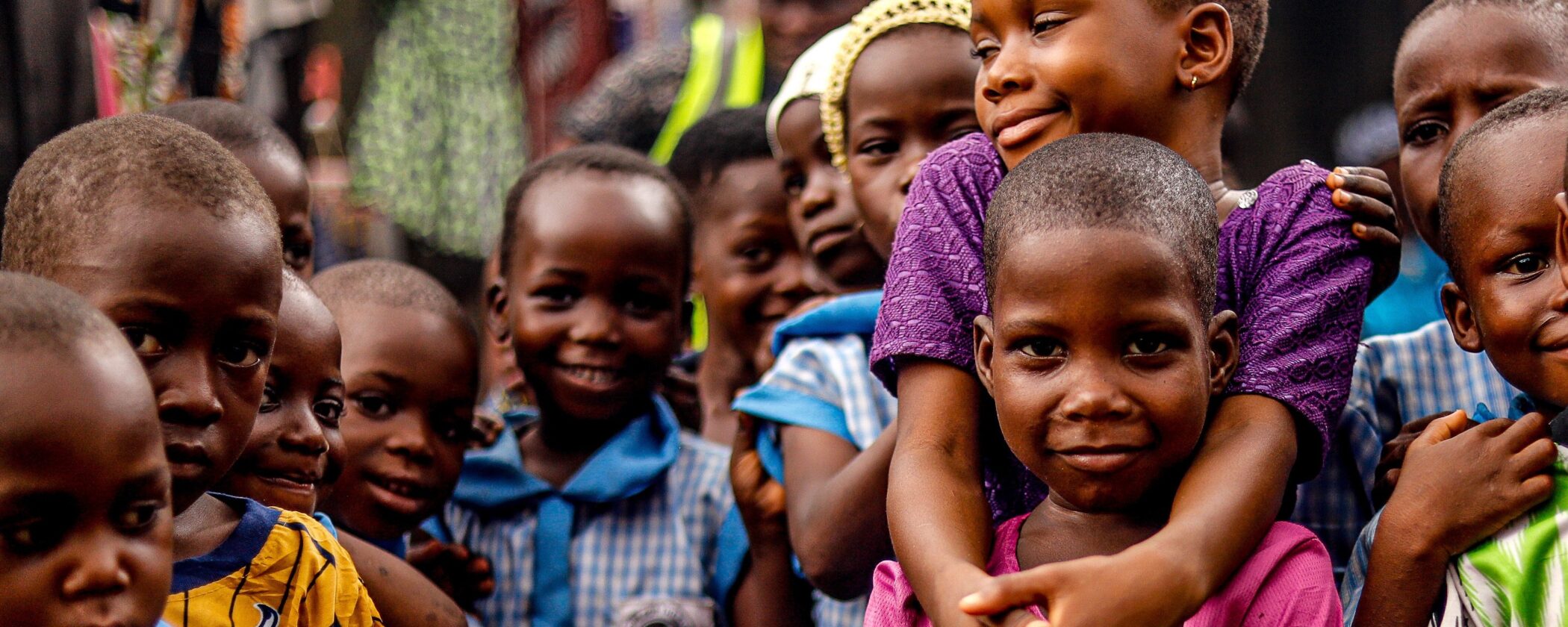
PEAS is a not-for-profit organisation, focusing on expanding education opportunities to those that need them the most. They built and currently run a network of 38 secondary schools in rural areas of Uganda and Zambia. PEAS also works with governments to support another 300+ schools across Uganda, Zambia and Ghana.
Today, we want to highlight PEAS’ Safeguarding Framework, which focusses on four key areas: Awareness, Prevention, Reporting and Response.
Underneath each key-focus area, PEAS has developed policies, tools and resources to ensure that their own schools, and the schools they support, are safe environments where young people can thrive and unlock their full potential.
PEAS three key child protection messages are:
- Safe schools guarantee care: They take their obligation to protect the children entrusted to them seriously. The organisation fulfills this duty by putting safety as a foundational part of their education – preventing harm and trauma.
- Safe schools inspire excellence: PEAS educators lead by positive example, fostering environments where students are encouraged to excel and feel confident. The organisation holds a firm stance against corporal punishment, and all other forms of abuse, cultivating respect and academic excellence.
- Safe schools strengthen trust: By setting rigorous standards in child protection and adhering to local and global standards, PEAS schools lead by example. Their commitment to child safeguarding fortifies the reputation of the education centers and builds deep trust within their communities.
PEAS’ recently established Safeguarding Standards were accredited by Keeping Children Safe and consist of over 20 indicators that define best practice in our schools. They provide a practical framework that supports school staff across their networks to understand expectations and take ownership of their school’s policies and practices.
These new standards provide a holistic, organisation-wide framework for safeguarding, ensuring that child protection is not only prioritised at the school level but is also embedded across all our structures, policies and partnerships.
Putting these in place helped PEAS stand out among other schools, because of their strong child protection policies and training.
PEAS’ structured process helps them ensure that their Global Safeguarding Standards are not just aspirational but actively shaping the safety and wellbeing of students across their network. They have established ways to reinforce measures such as continuous review and improvement of their good practices or development of new partnerships to enhance policies.
Finally, PEAS’ progress tracker has been an essential tool to identify what areas are working and which need improvement. Their ongoing monitoring and accountability is remarkable and shows an excellent way of putting child safeguarding standards into practice.
